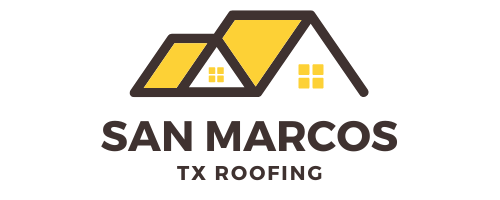Blast from the Past: A Quirky Tour of Old-School Roofing Materials
Ever looked up at an old building and wondered, “What in the world is that roof made of?” Well, strap on your hardhat and join us for a wild ride through the wacky world of old roofing materials. Trust me, it’s more exciting than watching paint dry!
1. Thatch: The OG Roof
- What it is: Essentially a giant haystack on your roof
- Pros: Excellent insulation, eco-friendly, very cottagecore
- Cons: Highly flammable (not great for candle enthusiasts)
- Fun fact: Some thatched roofs in England are over 500 years old!
2. Wood Shingles: The Lumberjack’s Dream
- What it is: Thin, wedge-shaped pieces of wood
- Pros: Natural look, renewable resource
- Cons: Fire hazard, high maintenance (like that one needy friend)
- Fun fact: Cedar was the most popular choice due to its natural oils that resist decay
3. Slate: The Heavyweight Champion
- What it is: Thin sheets of natural stone
- Pros: Incredibly durable, fire-resistant, looks fancy
- Cons: Heavy (your house might need to go on a diet first), expensive
- Fun fact: Some slate roofs have lasted over 200 years!
4. Clay Tiles: The Terracotta Army of Roofing
- What it is: Baked clay formed into interlocking tiles
- Pros: Fire-resistant, long-lasting, great for that Mediterranean villa look
- Cons: Heavy, can be brittle (no roof gymnastics allowed)
- Fun fact: Ancient Chinese clay roof tiles often had intricate designs to ward off evil spirits
5. Metal: The Tin Man’s Top Choice
- What it is: Sheets or shingles of various metals (copper, tin, zinc)
- Pros: Durable, fire-resistant, makes rain sound poetic
- Cons: Can be noisy, may dent from hail (or very ambitious squirrels)
- Fun fact: Copper roofs can turn green over time, giving buildings that Statue of Liberty look
6. Sod: For When You Want Your Roof to Be Alive
- What it is: Literal layers of soil and grass on your roof
- Pros: Great insulation, blends in with nature, doubles as a grazing area for roof goats
- Cons: Heavy, high maintenance, might attract lawn mower-toting mountaineers
- Fun fact: Sod roofs were popular in Norse settlements and are making a comeback in eco-friendly designs
7. Asbestos: The “What Were We Thinking?” Material
- What it is: Fibrous mineral once thought to be a miracle material
- Pros: Fire-resistant, durable
- Cons: Highly dangerous to health (big yikes), banned in many countries
- Fun fact: The word “asbestos” comes from Greek, meaning “inextinguishable”
Why Did We Move On?
- Fire safety concerns (turns out, flammable roofs aren’t great)
- Desire for more durable materials (replacing your roof every few years gets old)
- Improved technology and manufacturing processes
- Health and safety regulations (looking at you, asbestos)
Conclusion:
While these old roofing materials might seem quirky or outdated now, they paved the way for our modern roofing solutions. Each had its unique charm and challenges, reflecting the needs and resources of its time.
Today, we have a wide array of roofing options that combine the best of old-world charm with modern technology. So the next time you’re admiring an old roof, give a little nod to these roofing pioneers. They’ve got some fascinating stories to tell – if only roofs could talk!
Remember, whether your roof is brand new or older than dirt, it’s always doing its best to keep you dry. So look up once in a while and say thanks. Just don’t stare too long, or your neighbors might think you’ve lost your shingles! Contact Us.
